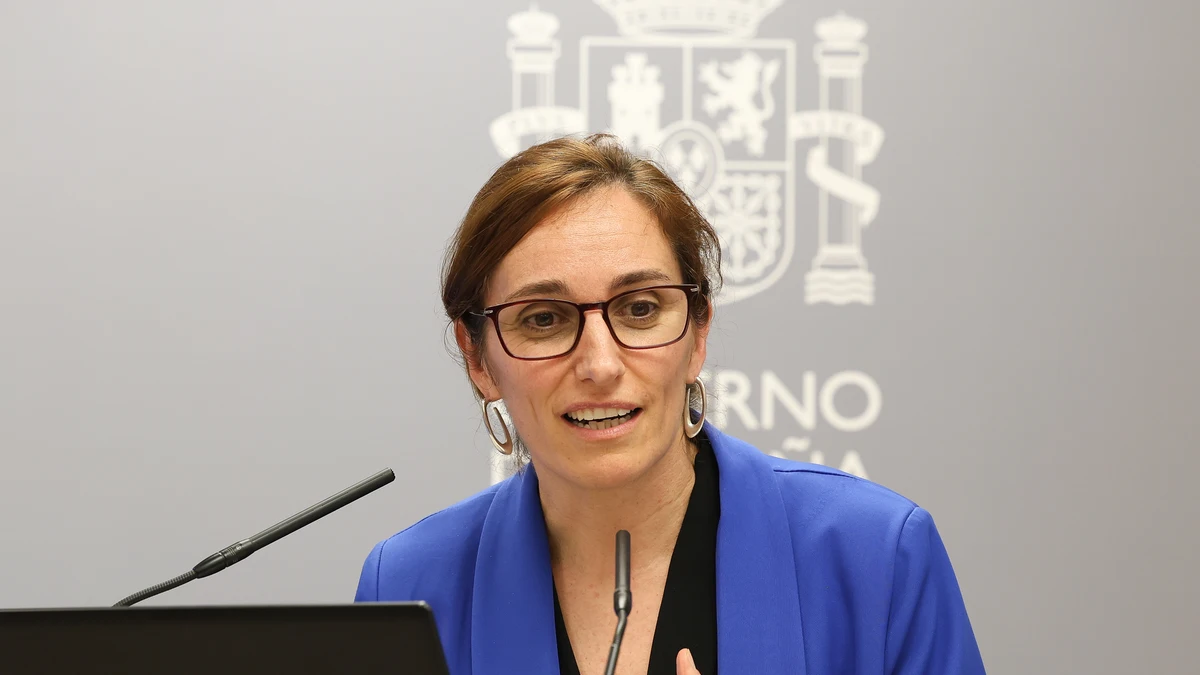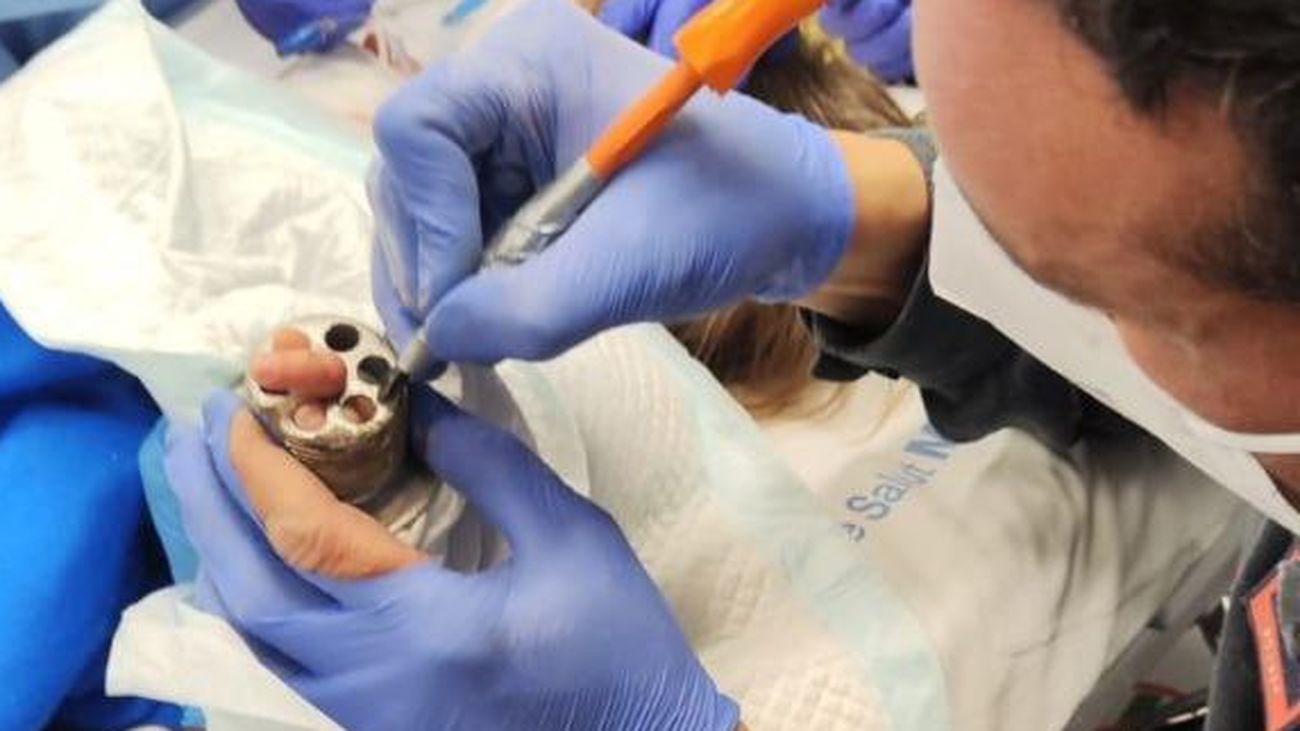Artificial intelligence marks the present in operating rooms and ICUs

Chicago was, until Friday, the world capital of Radiology. More than 40,000 radiologists from all over the world have debated for six days about the present and the future of the specialty at the 105th congress of the Radiological Society of North America. The scientific meeting has had the motto "See possibilities together" and has stood out for the unstoppable advance of artificial intelligence for the management and understanding of the millions of data that are generated and for the integration of different 2D and 3D systems in the services of Radiology, Oncology, Cardiology, operating rooms and intensive care units (ICU). Advances that result in the patient.
James G. Pipe is a professor of Radiology at Mayo Clinic, in Rochester (USA), the most prestigious hospital in the United States, and as he explains, the new technologies allow to realize magnetic resonances "so four times faster, with more image quality. ” This reduction in time means that the doctor has gone from doing ten actions in a 3D ultrasound vascular scan to just two. “We consider, as a challenge, that it is as easy to perform a resonance as now a chest x-ray. And that the tests are directed and flexible: we want to quantify the data and eliminate possible distortions to improve efficiency and reduce variability, ”he summarizes. “Artificial intelligence is driving progress: we It helps reduce both fear of patients and doses. Radiation is a minor room, ”adds Matthew Callstrom, a radiologist at the Mayo Clinic. In addition, from their point of view, artificial intelligence will analyze the billions of data generated to perform algorithms. Their forecast is that, in the next five years, they will develop integrated systems that standardize the results.
The Dutch company Philips It is incorporating this approach into its devices, which will begin to be commercialized in early 2020. As its president, Frans van Houten, explains, “the center of our strategy is the continuity of care: both in personal health and in precision diagnostics, in image-guided treatments and in connected care, either in patients or in the community. ”
As detailed by Rob Cascella, head of Precision Diagnostics at Philips, this discipline has managed to combine diagnostic imaging, ultrasound, diagnostic computing and diagnostic precision solutions. “The result is that we avoid claustrophobia of patients, because they are less time inside the machine. Artificial intelligence is key in the entire radiology workflow: in patient preparation, in the interpretation of image and data, in the communication of results, in decision-making, in follow-up care and in the improvement of the radiologist's ability ”, list.
“Artificial intelligence will allow us to predict if the patient does not go to the appointment, if he does not follow the treatment, if he needs to have a withdrawal device or implant… Thus, we managed to reduce the cost of health care and improve health outcomes, ”says Cascella.
The ICUs are another area in which these advances are being implemented the most. Thanks to technology, they begin to be renamed as electronic ICUs (eUCIs). An example is Advocate Health Care in Aurora, a dormitory city near Chicago. The exterior appearance is that of a bland office building of three heights. Inside, there is a room with dozens of screens: each nurse monitors between 30 and 45 patients located in ICUs of different hospitals, from rural areas to large facilities. The rooms are fully monitored and the cameras, high resolution, allow to observe all the devices. The nurses are supervised by doctors in the same room, so that when any value exceeds normal figures, an alarm goes off. Both nurses and doctors can talk, remotely, with patients and with the healthcare staff who care for them and guide them if necessary.
Michael Ries, medical director Advocate Health Care, indicates that this new approach of the ICU presents numerous benefits. Above all, it has allowed reduce mortality by 26%, but also reduce revenue by 30%, with an average savings per patient of $ 5,000. In addition, highs occur a 15% faster and has Health transport reduced by 37%. “It also improves the rest of the patients, which results in their recovery and the way of working of health professionals. Now, in the eUCI, we are investigating sepsis, endocrinology, nutrition ... The possibilities are numerous ”, sentence.
The image guided treatments, such as those used to address stroke, are also benefiting from these advances.
Thus, surgical interventions are achieved with minimal incisions - which decrease the risk of infection- and with a rapid recovery, which allows patients to go home after surgery and do not need hospitalization.
The technology combines 3D and 4D image and allows a better evaluation of blood vessels. In its development, video game control design professionals have participated, so that the handling of the devices is more ergonomic.
. (tagsToTranslate) Health
Source link










